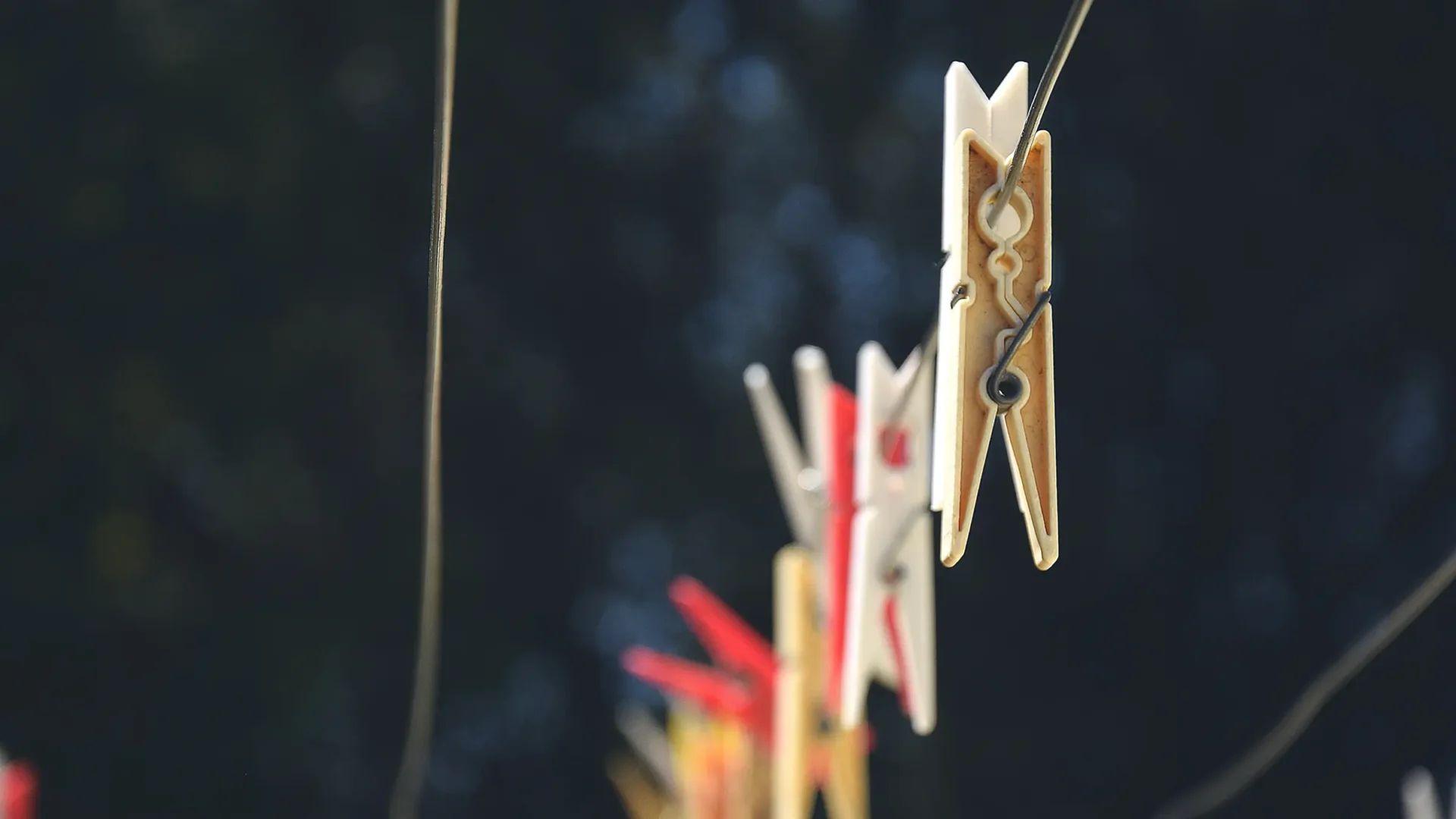Usefulness
The relevancy of a designed outcome to people who use it for a purpose.
Designers who research usefulness hope to discover how well a product, service, or system meets people’s needs in a specific time and place. A useful design outcome will be adopted. An outcome that is not useful will be ignored and maybe even ridiculed. Research can reveal if a design outcome is placed at the “right” place and the “right” time for the “right” people. Discoveries like these can reveal why an outcome is effective or underutilized. With knowledge from this research, designers can redesign outcomes or move them to different places and times to make outcomes more useful.
Examples of Usefulness
- Solves real problem
- Mostly decorative
- Essential tool
- Rarely needed
Researching Usefulness
Designers who research usefulness hope to discover how well a product, service, or system meets people’s needs in a specific time and place. A useful design outcome will be adopted. An outcome that is not useful will be ignored and maybe even ridiculed. Research can reveal if a design outcome is placed at the “right” place and the “right” time for the “right” people so designers can redesign the outcome or possibly move it to a different place and time, so it is more useful.
Questions to Ask
- How well does the design align with a person’s needs and goals?
- Which of the design’s features are most useful for most people?
Look For…
- Adoption/use rates
- Attitudes about the design outcome
- People talking about the design with others—sharing they like it or perhaps not sharing about it at all
- How deeply the design outcome is implemented into daily use
Sources
Business
Christensen, C. M., Hall, T., Dillon, K., & Duncan, D. S. (2016). Know Your Customers’ “Jobs to Be Done”. Harvard Business Review, 54-62.
Design
Alben, L. (1996). Quality of experience: defining the criteria for effective interaction design. Interactions, 3(3), 11-15. doi:http://dx.doi.org/10.1145/235008.235010
Christensen, C. B., Dillon, K., Hall, T., & Duncan, D. S. (2016). Competing Against Luck: The Story of Innovation and Customer Choice (Kindle ed.). New York: HarperBusiness.
Forlizzi, J., & Ford, S. (2000, August 17-19). The building blocks of experience: an early framework for interaction designers. Proceedings from 3rd conference on Designing interactive systems: processes, practices, methods, and techniques (DIS ‘00), New York.
Garrett, J. J. (2011). The elements of user experience: user-centered design for the Web and beyond. (2nd ed.). Berkeley, CA: New Riders.
Jones, J. C. (2008). Design Methods (A. 2015, Trans. Kindle Edition ed.). New York: Wiley.
Kolko, J. (2007). Thoughts on Interaction Design.
